Where to go on a Sunday morning in London? It was International Women’s Day (what? A whole day just for us – just so the blokes can be all blokey on the other 364 – oh, never mind, be grateful for what you’ve got) so it had to be Southwark Cathedral, where I first received communion from a woman, back in the early 1990s. Later that day, Libby Lane was to be installed as England’s first woman bishop, in Chester Cathedral. We actually voted for women as bishops in Wales earlier than the English, but we have yet to appoint one (but we do have a woman as Archdruid, which I think trumps the English – they haven’t got a woman as Archbishop yet).
But on the way to Southwark, something else. Just along the road from the Cathedral, through the Borough Market, is Redcross Street. And here, in the 1990s, archaeological excavation in advance of Transport for London building work found a strange and moving burial ground. A few Roman burials, many of them children, then a huge number of women, girls and babies from the medieval period. Redcross Street was in the infamous Liberty of the Clink, on land belonging to the Bishop of Winchester and outside the jurisdiction of London and of the county of Surrey. Here was freedom – but at a price. This is where the early theatres were, along with bull-baiting and bear-baiting pits. Bizarrely, the bishop had the power to license brothels: the bodies buried in Redcross Street were prostitutes (the ‘Winchester Geese’, many of them no more than children) and their babies.
There were later burials as well, of workhouse paupers and people too poor to afford churchyard burial.
These were the ‘Outcast Dead’ now commemorated by a plaque on the gate to the burial area.
Somehow, this story of rejection and despair struck a chord in the local community. The area was supposed to be cleared for use in the Thameslink 2000 project development, but a passionate local campaign has persuaded Transport for London to lease it to the Bankside Open Spaces Trust to create a ‘meanwhile garden’. There is a whole range of conservation activities and training including drystone walling and wood carving as well as gardening.
Monthly vigils commemorate the people buried there, paupers and prostitutes.
The garden fence has become a shrine with memorials to the women and to other people as well.
Lots more on the web site at http://www.crossbones.org.uk/#
And after Southwark we went on to Kensal Green, the first of London’s Magnificent Seven out-of-town cemeteries. A complete contrast to Redcross Street, this was a privately-run cemetery for those who could afford to pay more than a farm labourer’s annual wages for a plot. More on that one later.

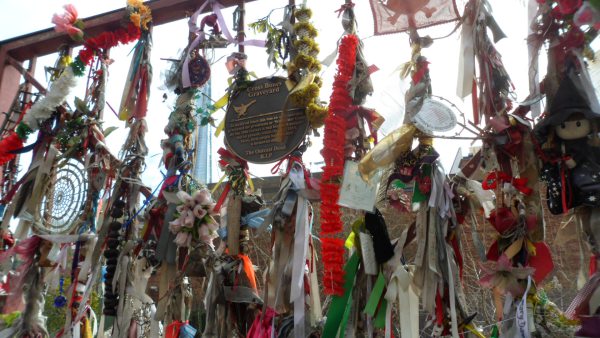








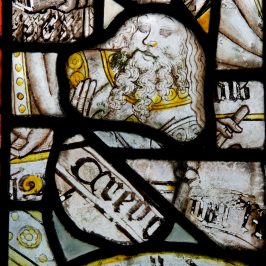
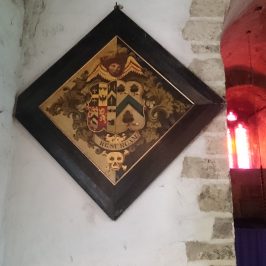
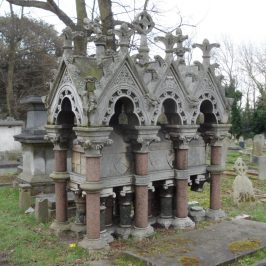
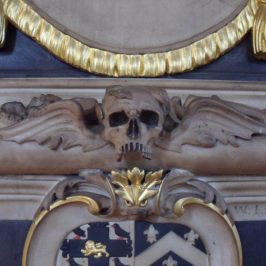
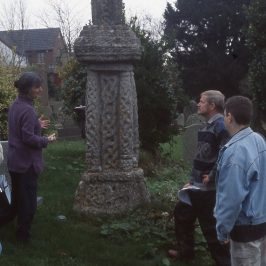
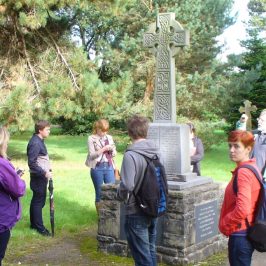
Leave a Reply